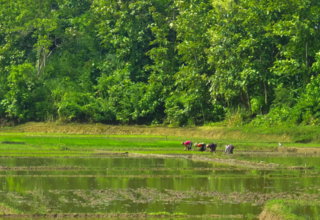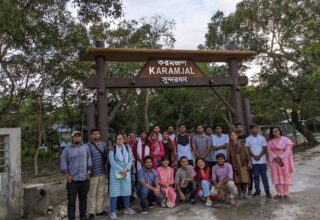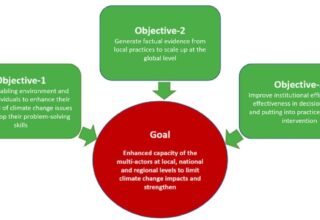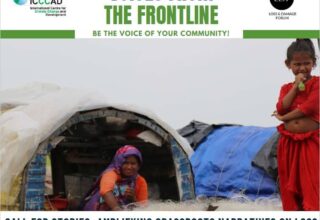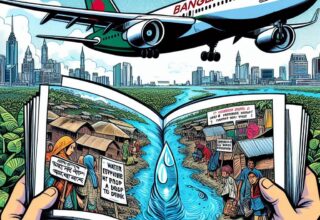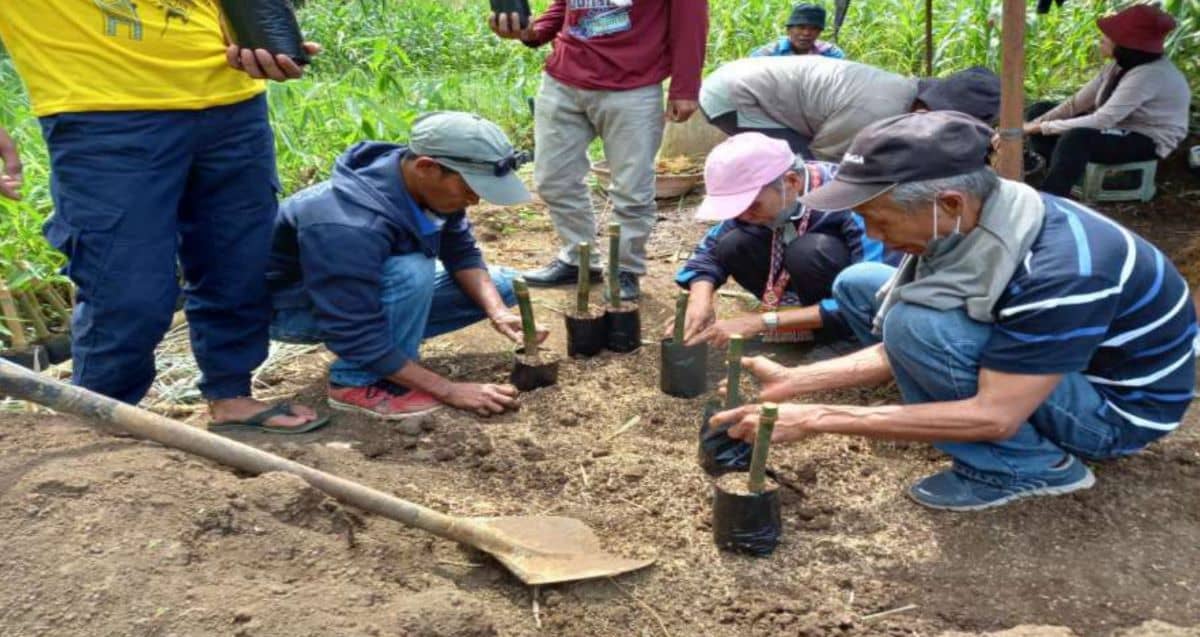
With the belief that indigenous people’s knowledge, and practices can help to save the planet from the impact of climate change, this story reflects solutions from the Bukidnon Umayamnon Tribe of the Philippines. Despite contributing insignificantly to the global issue of climate change, the aftershocks of a changing climate have wreaked havoc on this community. Nevertheless, climate change is not the sole obstacle for the community; deforestation and biodiversity loss have also emerged as significant threats. This has led to consequences in cultural aspects, youth’s lives, and livelihoods.
With the help of the UNDP-Adaptation Fund Climate Innovation Accelerator (AFCIA), Adaptation Fund, and the European Union, the members of this community could engage in and dedicate themselves to safeguarding their environment. Their community-led project focuses on solutions like climate change adaptation and mitigation, such as planting bamboo and cacao trees. Both species are climate resilient as they prevent soil erosion; restore soil, and help regenerate the denuded forest. This project has allowed them to sustain their livelihoods as well as safeguard the well-being of future generations – affirms Datu Laaw (Fernando Damaso), tribal leader, of the Bukidnon Umayamnon Tribe of the Philippines.
“The name of the association, “Bukidnon Umayamnon Tribe Kapuunan To Mga Datu Association or BUKDAA” originates from the tribal leaders of the Bukidnon Umayamnon Tribe, which means the Council of Elders (COE).”
This name was inspired by the significant challenges that the community faced during the grant period.
One of the major challenges that the community faced during the implementation of the project was a delay in fund transfer due to a sudden change of international bank policies in the Philippines. In addition to funding challenges, the community encountered flooding and landslides during the project period. Although some plants suffered damage, the community had proactively prepared themselves to address the situation by securing extra planting materials for replanting.
To help in the solution process and generate sustainable income for the Bukidnon Umayamnon Tribe, the community planted 10 hectares of giant bamboo and 10 hectares of cacao along the banks as a way of green cover along the second largest river system in the Philippines, the Pulangi River. All of the planting materials were collected from a reliable nursery for this project to meet the project’s timeline. The COE entrusted the management of this massive plantation to the different tribal leaders to be in charge of their respective management areas.
“Planting bamboo has numerous benefits as it is considered an endemic and the tallest grass species in the Philippines and is well adapted to riverbanks and areas with high soil moisture”
It helps prevent riverbank erosion and further loss of fertile lands. This helps protect communities, crops, and domesticated animals from flooding. The bamboo also improves surface runoff water quality that reaches the river systems. Giant bamboo is a fast-growing versatile resource, easy to propagate, a source of food, and a source of construction material for traditional houses. This implies that the more giant bamboo is used in the architectural and construction sectors, the more we contribute to preserving trees in the forest, preventing unnecessary cutting. Additionally, giant bamboo has excellent carbon sequestration properties, which directly help contribute to climate change mitigation.
While it takes about seven years to derive sustainable income (under a sustainable management system) from giant bamboo, cacao trees start to produce sustainable income for farmers in their third year. Cacao trees also have considerable carbon sequestration properties and harvesting cacao fruits/ pods will not require cutting the cacao trees, preventing soil erosion. Furthermore, bamboo is used to build houses because it is more flood and storm-resilient, considering the Philippines is more prone to cyclones, storms and typhoons.
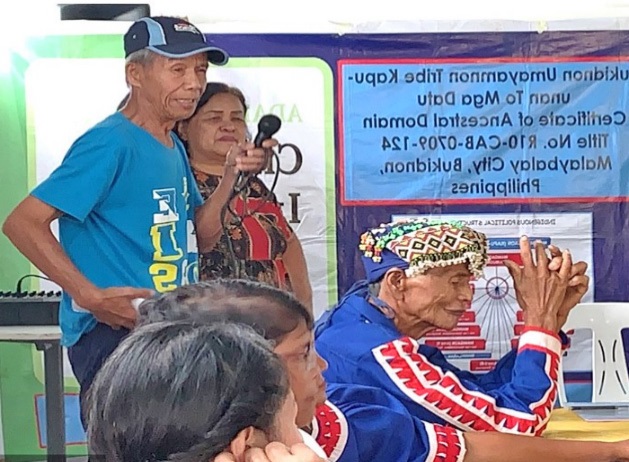
The project has effectively addressed two critical issues: members of the farmers’ group will receive 30% of the plantation income, the rest will be designated for the Council of Elders to support livelihood projects. Additionally, this project has promising opportunities, such as raising bamboo and cacao planting materials and other potential livelihoods. Not to mention, Giant Bamboo is the current main raw material for the Bamboo engineered products along the value chain.
Through this initiative, the community has made significant strides in environmental stewardship and livelihood diversification. Moving forward, the community is committed to safeguarding and nurturing the existing bamboo and cocoa plantations while delivering ongoing training, and if resources warrant, additional hectares of Bamboo and Cacao will be established. When funds start coming in, 70% will be kept for a shared fund dedicated to livelihood projects, with the Council of Elders determining expenditure allocation at a later stage.
“Through this initiative, the community has made significant strides in environmental stewardship and livelihood diversification”
About this story:
This story has been co-created with the support of ICCCAD, UNDP, and BUKDAA, in the framework of the UNDP managed – Adaptation Fund Climate Innovation Accelerator (AFCIA). The UNDP AFCIA programme counts the financial contributions from the Adaptation Fund and the European Union and has awarded 44 micro and small grants to locally-led organizations across 33 countries worldwide, accelerating their innovative solutions to build resilience in the most vulnerable communities.
UNDP-AFCIA, is one of the funding windows anchored under the Adaptation Innovation Marketplace (AIM), a multi-stakeholder strategic platform that promotes scaled-up adaptation at the local level, launched by UNDP Administrator Achim Steiner at the Climate Adaptation Summit in January 2021.
Authors: Rukhsar Sultana is a researcher and development practitioner at an NGO in Dhaka.

